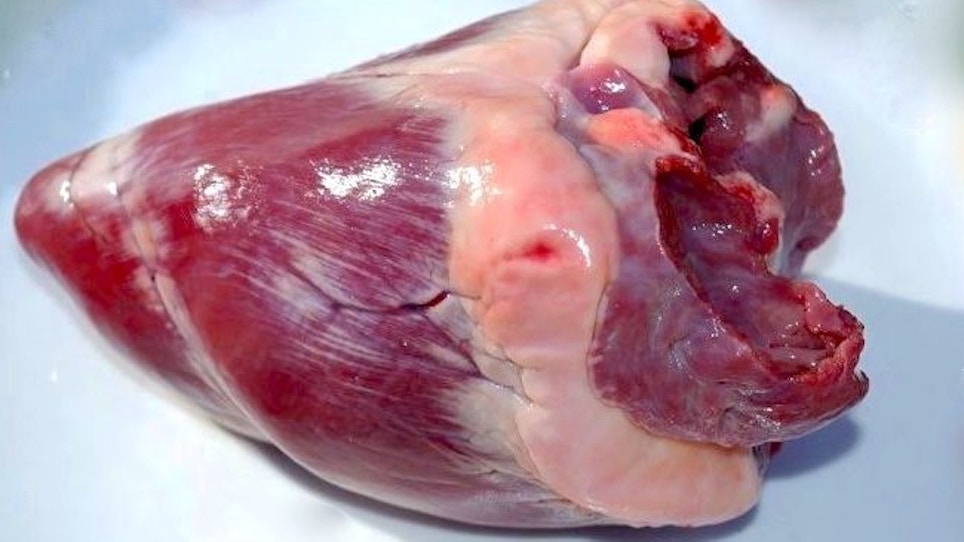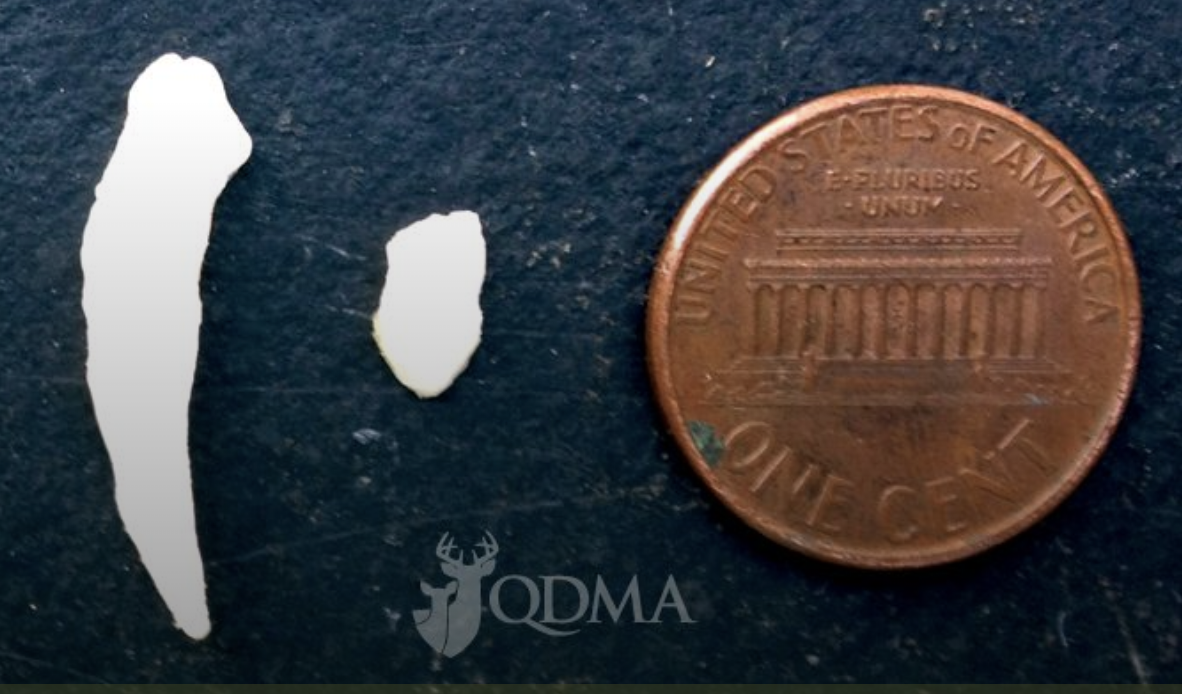There is a thing called heterotopic bones, which are bones found in places they typically don't exist. This can lead the imagination to many places, but it's the bone in the heart that's the topic of this post.
Deer, along with goats, sheep and cattle, have what is known as the os cordis. This is defined as a bone that provides rigidness, but is not connected to any other bones. Such is the case with a deer's heart bone.
According to Joe Hamilton, wildlife biologist and founder of the Quality Deer Management Association (QDMA), there is no correlation between the age or sex of a deer and the size of the bones in their hearts. It's not unusual for a fawn's heart bone to be larger than the bone found in the heart of a mature buck.
"As a young field biologist, I encountered hundreds of hunter-harvested deer each year and also performed necropsies on scores of deer to determine the cause of death," wrote Hamilton. "With such a large sample size, I decided to conduct a study of os cordis bones in whitetails. My guess was that these bones would increase in size as an animal grew older. I also thought, or at least hoped, there would be a difference in the size and/or shape of these bones in males and females.
"Throughout one deer season, I collected the heart bones from both sexes and all ages of deer. Before I got too deeply involved in this project, I could already see tremendous overlap in the size of the os cordis bones from fawns and mature deer. In fact, some bones from fawns were larger than those collected from adult animals. Also, there was absolutely no correlation in bone size or shape with the sex of the animal."
How To Find the Bone in a Deer's Heart
To locate the os cordis bone in a deer’s heart, insert your forefinger and thumb into the two largest openings in the heart and pinch the divider. You’ll feel a rigid, enlarged section in the divider, and that’s where the heart bone is located.
— QDMA
Featured photo: Keith Sutton







